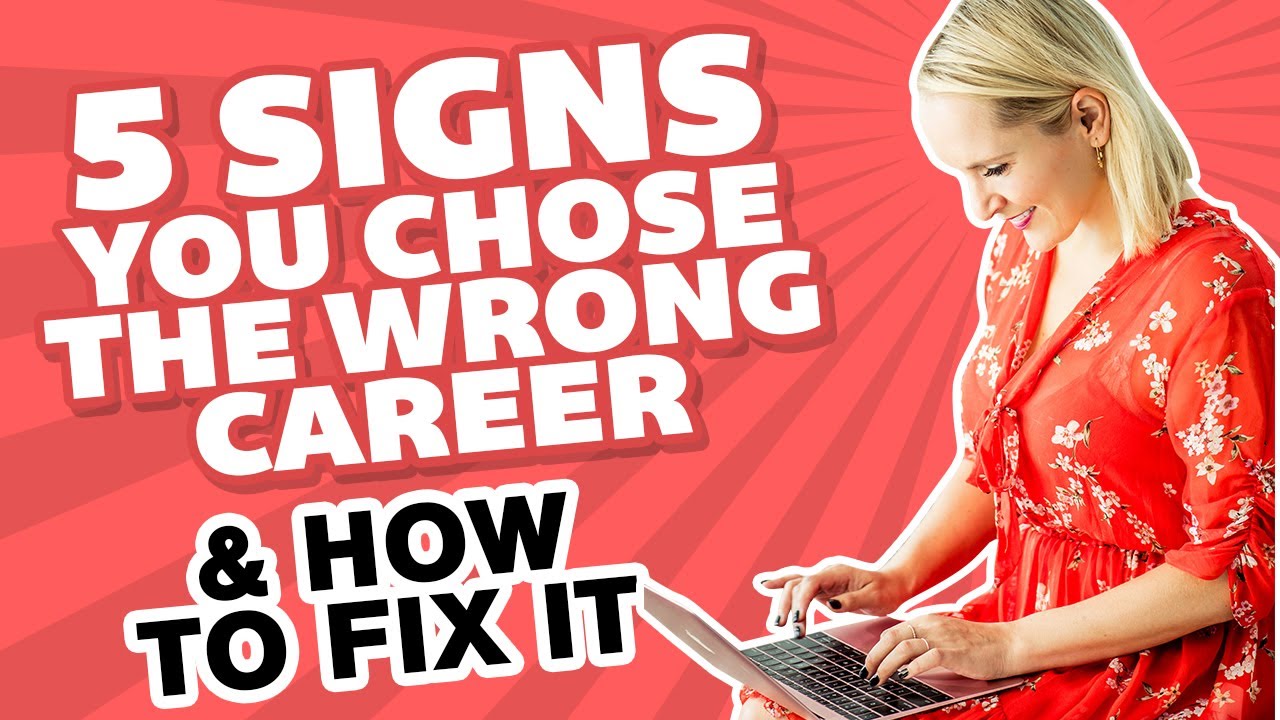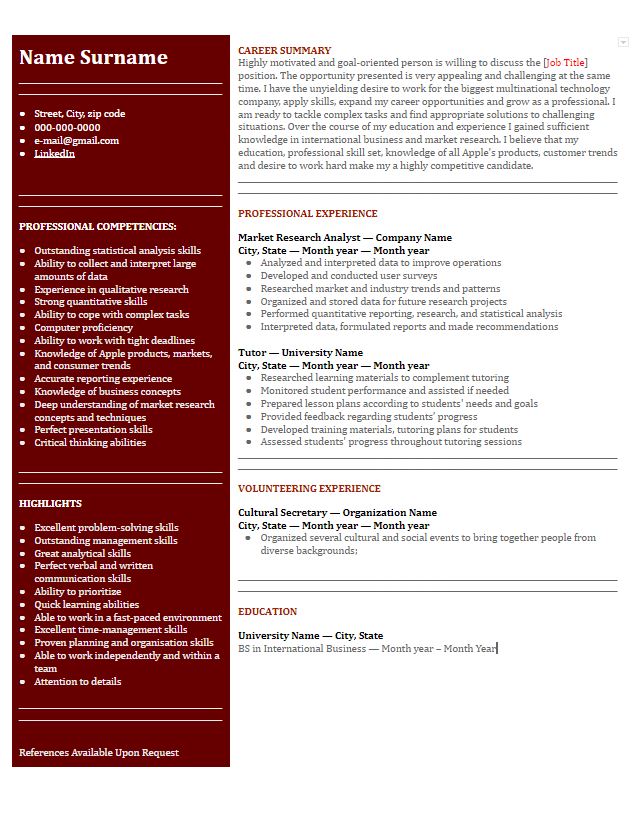
A great tool for employees is career development planning. It may include accountability tools such meetings with managers, prompts for tracking an employee's progress, and other tools. Additionally, a career development plan can be tied to performance reviews to give insights into how an employee is progressing and what needs to be improved. If done correctly, career planning can help employees excel at work, increase job satisfaction, and improve their skills. These benefits can benefit both the employee and the organization.
Goal setting
You need to decide where you want your career to take you and identify the steps that will get you there. These goals can include increasing your professional knowledge, improving low-functioning processes, or improving relationships. The key is to be specific and measurable. A career planner can help you visualize your goals and make sure you achieve them.
You should also consider your non-work goals such as more time with family, continuing education, and physical fitness. Many people have difficulty putting together a plan that will work. As with all plans goals, they must be achievable.
Connecting with the right people
Career development planning is about making time for people you like. In order to achieve their goals and develop their skills, managers and employees should work together. The right people can help identify career advancement opportunities. They can also help determine which training and courses you need to achieve your personal goals. Whether you are seeking career development opportunities for yourself or your team, you must think of the future in terms of your strengths and interests.

The job market is rapidly changing. Many jobs have been automated. However, there are new opportunities in areas where technology and social interaction merge. The COVID-19 pandemic, for example, created new jobs and caused a restructuring of many industries.
Creating a timeline
A timetable for your career development can be a useful tool to keep you focused and on your goals. It allows you to seek out advice from people who are in your shoes and have done what you want. You should make your timeline accessible to as many people possible. It might be worth sharing on your blog, or with others. The greater your chances of success, the more people will see it.
Before you begin creating your timeline infographic, you should outline the content that you would like to include. Make sure to include a bold header that lets viewers know what they can expect. You can keep the rest consistent by using the same fonts, shapes, graphics, and graphics.
Creating a brand
Career branding is a crucial component to career management. This specialization can prove to be valuable if you want to advance your career and achieve success in it. You can build your personal brand through developing a communication style and learning how to manage your career. This course will help identify and exploit your strengths as well as weaknesses. It will give you the opportunity to show off your unique skills.
To create your brand, you need to have a clear goal and a niche market. It will be important to take care of your brand on a daily basis. Continue to develop your skills and learn new ones. Your brand should reflect both your professional and personal lives.

Performance reviews
Discussions about career development are better nurtured beyond performance reviews. Performance reviews tend not to look forward, and are more focused on past work or measuring sticks than on opportunities and future growth. Despite this fact, most companies jam performance review discussions into their career development planners. Here are some tips to make performance review discussions more productive and valuable.
Ensure that your performance review is conducted at least once a year. This will allow your to evaluate the performance of your employees and find their strengths. It will allow you to set goals and establish performance objectives. It fosters a culture that encourages feedback which can increase employee engagement.